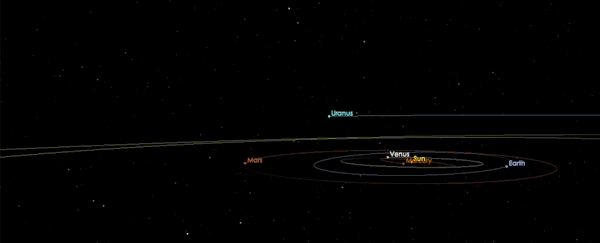Astronomers across the globe were quick to begin studying 2I/Borisov - the second known interstellar object to visit our solar system - almost immediately upon its detection in August.
Those observations are already yielding fascinating insights into the comet - including the fact that its solar system of origin might not be that different from our own.
An Institute of Astrophysics of the Canary Islands study published in the non-peer-reviewed journal Research Notes of the AAS found that the dust emitted by 2I/Borisov is similar in composition to that of comets originating from our own solar system.
Another study - this one conducted by researchers from Queen's University Belfast and published on the preprint server arXiv - determined that the gas surrounding the interstellar object is similar to that of our own comets.
"And when we look at the amount of gas we see, compared to the amount of dust particles that the comet is also ejecting, it looks pretty similar as well," researcher Alan Fitzsimmons told Scientific American.
While researchers can't yet say for certain whether 2I/Borisov's home is like ours or not, they're excited by either prospect.
"If it's like the things that we have in our solar system, the processes that we see taking place are more typical than we realized," Queen's University Belfast researcher Michele Bannister told SA. "If it's really different, then that tells us this chemistry takes place in quite a different way - in the diversity of exoplanetary systems - than we see."
This article was originally published by Futurism. Read the original article.
